The plastic polluters won 2019 – and we’re running out of time to stop them
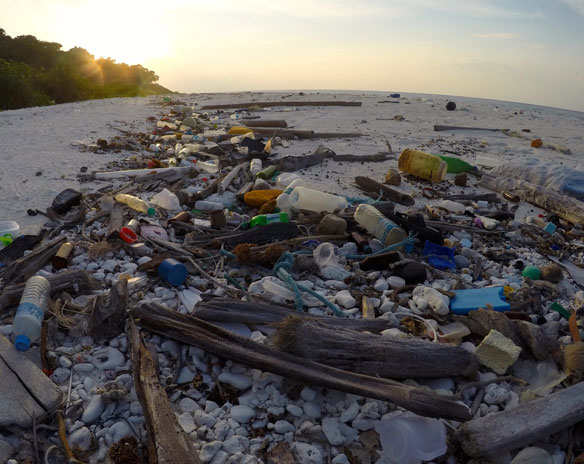
Further steps have been taken to clean up beaches and seas in 2019 – but much more needs to be done .
The environment in 2050: flooded cities, forced migration – and the Amazon turning to savannah
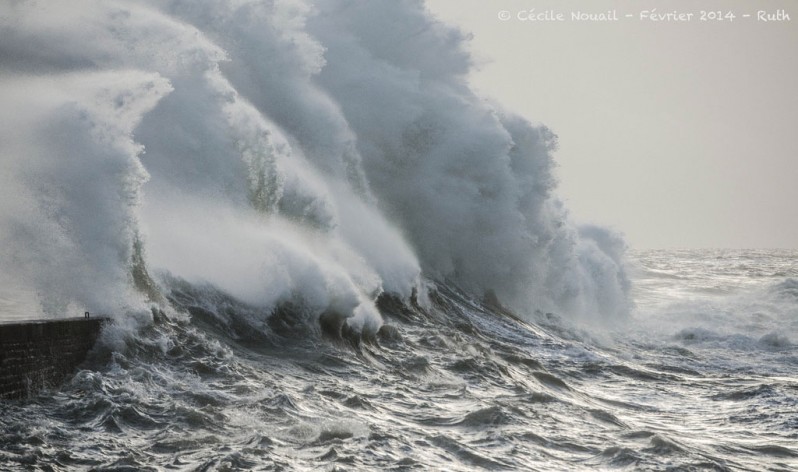
A storm is certainly brewing. The science is clear on that. The question now is how we face it.
There’s a Texas-size area of hot sea water off the coast of New Zealand
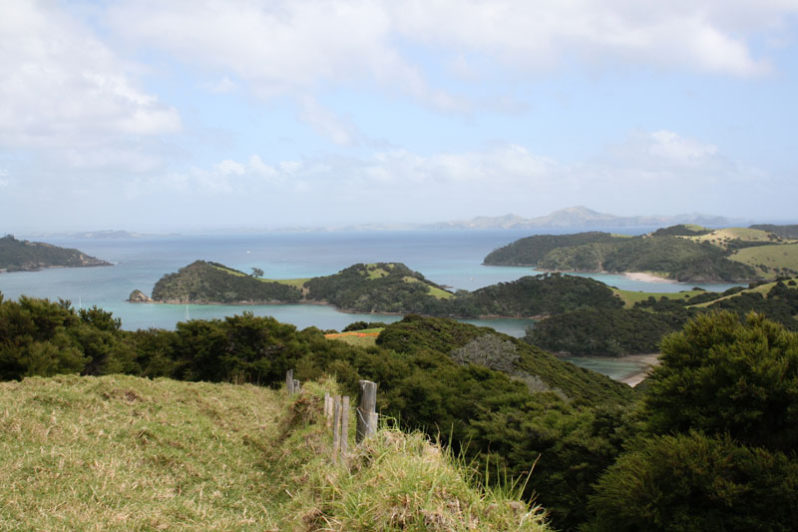
In the South Pacific Ocean east of New Zealand, satellite imagery shows a massive area of ocean water at well-above-average temperatures.
The global price tag for 100 Percent renewable energy: $73 trillion
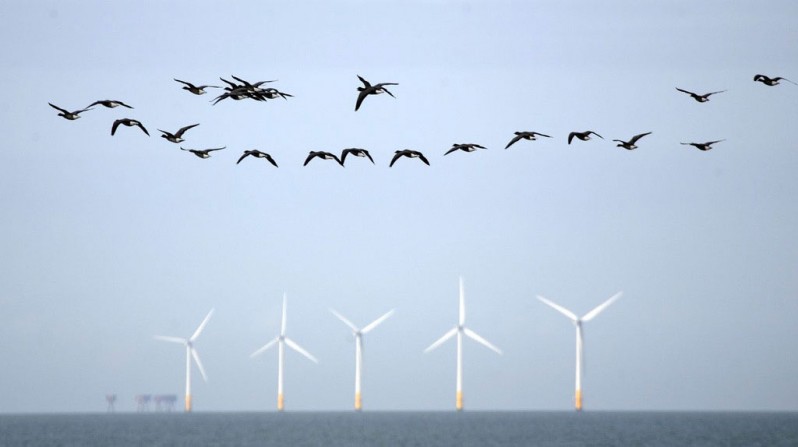
A global effort to transition to 100 percent renewable energy by 2050 would cost nations $73 trillion upfront — but the expense will pay for itself in under seven years, according to a new report. The shift to a zero-carbon global economy would create 28.6 million more full-time jobs than if nations continue their current reliance on fossil fuels.
As climate change worsens, a cascade of tipping points looms
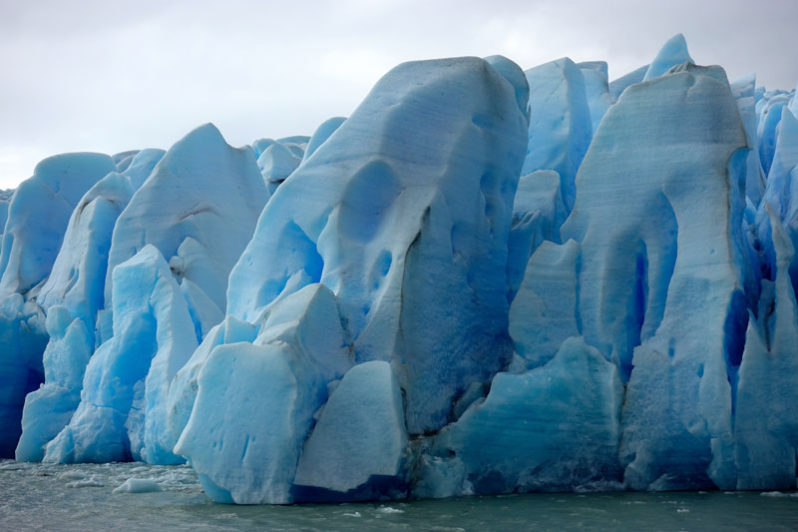
New research warns that the earth may be approaching key tipping points, including the runaway loss of ice sheets, that could fundamentally disrupt the global climate system. A growing concern is a change in ocean circulation, which could alter climate patterns in a profound way.
Greenland ice losses rising faster than expected
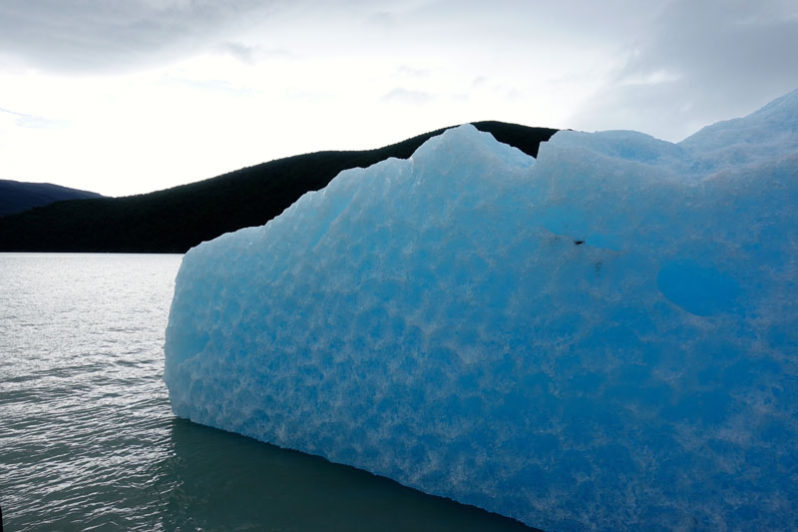
Greenland is losing ice seven times faster than in the 1990s and is tracking the Intergovernmental Panel on Climate Change’s high-end climate warming scenario, which would see 40 million more people exposed to coastal flooding by 2100.
It’s time to prepare for a changing Earth; By Orrin Pilkey
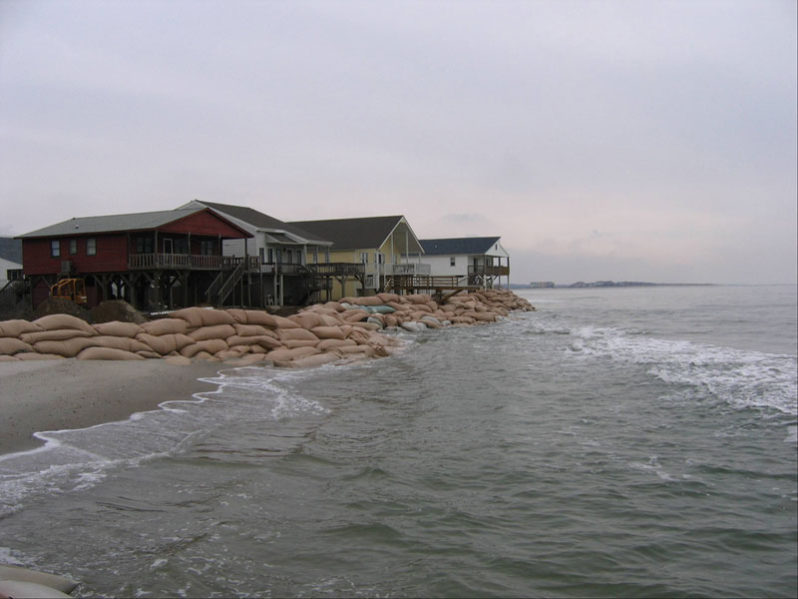
Global climate change is an obvious fact and we are already in the midst of it. The time for action is now. In two decades, in the opinion of many climatologists, it will be too late to prevent catastrophic global damage.
Freak storms of 2019 Atlantic hurricane season left trail of destruction and revealed climate change fingerprints
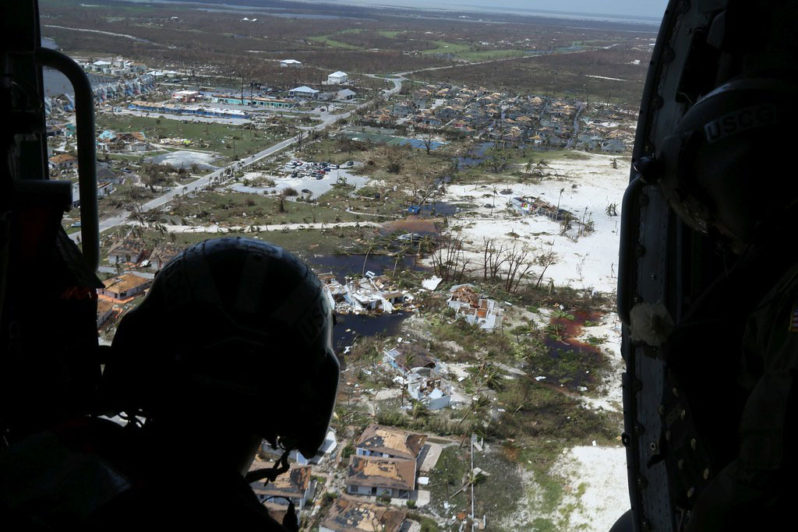
Dorian and Lorenzo, wbrought the count of Category 5s in the Atlantic since 2016 up to six, and marked the fourth year in a row with at least one Category 5, the longest stretch on record. The historic intensity of both Dorian and Lorenzo, exhibited influences consistent with warming ocean waters and climate change.
Gulf of Mexico coral reefs to protect from storm surge in the future — But will they?
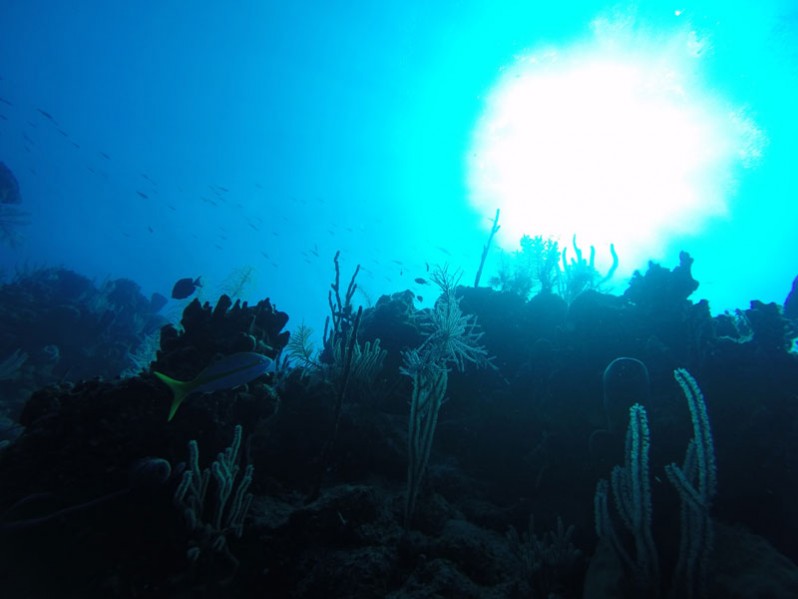
Coral reefs support 25 percent of all marine life around the globe. Those in the Gulf of Mexico, along the coasts of Louisiana, Florida, Texas and Mexico, serve as important barriers to storm surge, lessening the impact of dangerous hurricanes.
